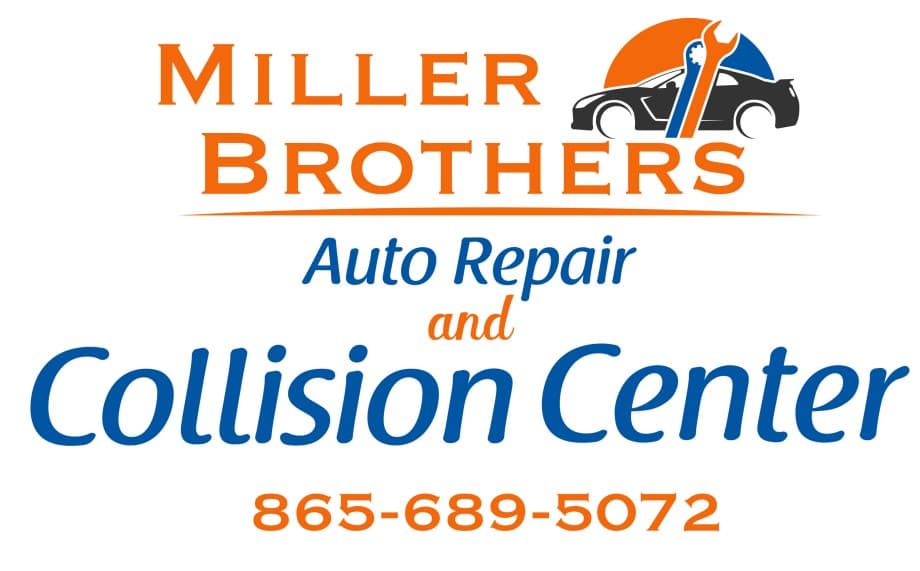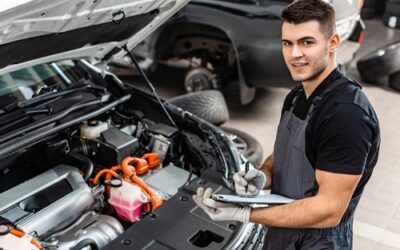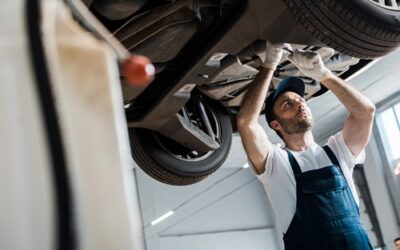 Winter weather can bring extremely hazardous road conditions, whether it’s snow, sleet, or ice. In past years, there were 395 fatal crashes and around 22,325 injury crashes that happened in snowy or sleety conditions at the time of the accidents. Being prepared for winter weather through auto maintenance is essential for both you and your vehicle.
Winter weather can bring extremely hazardous road conditions, whether it’s snow, sleet, or ice. In past years, there were 395 fatal crashes and around 22,325 injury crashes that happened in snowy or sleety conditions at the time of the accidents. Being prepared for winter weather through auto maintenance is essential for both you and your vehicle.
Driving in Winter Weather: Basic Auto Maintenance
1. Slow Down:
When you’re driving on a slippery or snow-covered surface, it’s crucial to slow down. It’s harder to control or stop your vehicle under such conditions. In 2021, there were an estimated 121,156 police-reported car crashes in snowy/sleety conditions. Increase your following distance to ensure you have enough time to stop safely behind other vehicles.
2. Don’t Crowd Snow Plows:
Snow plows move slowly, make wide turns, stop frequently, overlap lanes, and exit the road regularly. If you find yourself behind a snow plow, maintain a safe distance and exercise caution if you decide to pass it.
What to Do in an Emergency:
1. Stay with Your Car:
If you’re stuck or stalled in wintry weather, focus on your well-being and that of your passengers, your vehicle, and your surroundings.
2. Make Your Car Visible:
Place bright markers on your antenna or windows and keep your interior dome light on to increase your car’s visibility.
3. Avoid Carbon Monoxide Poisoning:
Ensure your exhaust pipe remains clear of snow, and run your car sporadically—just enough to stay warm. Don’t run your car for extended periods with the windows up or in an enclosed space.
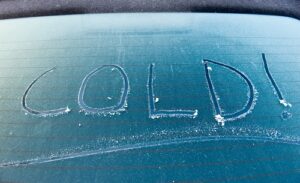 Changes You May Notice:
Changes You May Notice:
Tires:
As the temperature drops, tire inflation pressure decreases. Keep each tire filled to the recommended inflation pressure specified in your owner’s manual and on the door frame in the side of the driver. Avoid inflating your tires to the pressure indicated on the tire itself, because that’s the maximum, not the recommended pressure.
Other Tire Tips:
- Inspect your tires at least monthly and before long trips.
- Check tire pressure when the tires are cold (haven’t been driven for at least three hours).
- Examine each tire for damage or conditions that may require attention.
- Inspect the sidewalls and tread for bumps, cracks, scrapes, bulges, punctures, and cuts. The tread must be at a minimum of least 2/32 of an inch or greater on every tire.
- Don’t forget to check your spare tire.
- If you discover tire damage, consult a tire service professional. Consider installing snow tires after reviewing tire safety ratings on NHTSA’s Tires page.
Car Seats:
In colder weather, dressing children in thick winter coats can interfere with proper harness fit in a car seat. Choose thin, warm layers and add blankets or coats around your child after securing the harness for extra warmth. Ensure car seats and booster seats are properly installed and appropriate for your child’s age and size.
Batteries:
Battery power decreases as temperatures drop. Gasoline and diesel engines require more battery power to start in cold weather, and electric and hybrid-electric vehicles may have reduced driving range. Have a mechanic inspect your battery, charging system, belts, and perform any necessary repairs or replacements.
Safety Technologies:
Get acquainted with your vehicle’s safety technologies and their performance in wintry conditions. Know if your vehicle is equipped with an antilock brake system (ABS) and learn how to use it correctly. ABS prevents wheel lock during braking. Apply firm, continuous pressure to the brake pedal if your vehicle has ABS. For vehicles without ABS, you may need to pump the brakes if you sense wheel lock.
Floor Mats:
Consider switching to thicker or rubbery floor mats during slushy winter conditions. Incorrectly installed floor mats could obstruct accelerator or brake pedal operation, increasing the risk of accidents. Follow the manufacturer’s installation instructions and secure the mats with retention clips. Always use mats that fit your vehicle correctly.
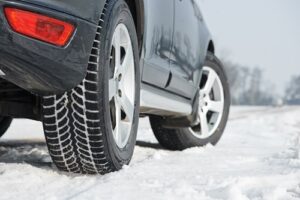 Preparing Your Vehicle
Preparing Your Vehicle
Lights:
Examine your headlights, brake lights, turn signals, emergency flashers, and interior lights. Don’t forget to check trailer brake lights and turn signals if applicable.
Windshield Wipers:
Ensure your vehicle’s reservoir is filled with high-quality “winter” fluid containing de-icer before winter weather arrives. Verify that defrosters and windshield wipers are functional and replace worn blades if needed. If you live in a snowy and icy region, consider using heavy-duty winter wipers.
Cooling System:
Check your coolant level and ensure it meets the manufacturer’s specifications. Consult your vehicle owner’s manual for recommendations. Inspect the cooling system for leaks, test the coolant, and drain or replace old coolant. Visit your mechanic for a tune-up and address any leaks, worn hoses, or necessary parts, auto repairs in Corryton TN, and replacements.
Before You Go: Stock Your Vehicle
Carry these items in your vehicle to handle common winter driving tasks and be prepared for emergencies:
- Ice scraper, broom, and snow shovel.
- Abrasive material such as kitty litter or sand for traction when your car gets stuck in the snow.
- Emergency markers, flares, flashlight, and jumper cables.
- Blankets for warmth.
- First aid kit, food, water, cell phone and charger.
Gas Up or Plug It In:
Keep your gas tank as full as possible. For electric and hybrid-electric vehicles, maintain a charged battery and minimize battery drain by keeping the vehicle warm during freezing temperatures.
Plan Your Route:
Check local weather and traffic reports before heading out. If road conditions are poor, consider delaying non-essential travel. If necessary, ensure you’re prepared for possible delays during your trip. For long road trips during winter weather, consider leaving early or adjusting your departure time to avoid the worst part of the storm.
Year-Round Safety
Check for Recalls:
Find out if your car has any unresolved safety recalls and check how to get them fixed for free.
Don’t Take Risks:
Follow essential safety rules: don’t text or drive distracted, obey speed limits, and always drive sober. Alcohol and drugs can impair driving abilities, affecting coordination, judgment, perception, and reaction time. Remember to wear your seat belt at all times and bring your vehicle to the professionals for expert auto maintenance in Knoxville TN.
Call Miller Brothers Transmission Auto Repair and Body Shop now. Our team of expert mechanics will provide you with reliable auto maintenance services.
Like our Facebook page for more information about auto services.
Miller Brothers Auto Repair and Collision Center
7123 Tazewell Pike
Corryton, TN 37721
(865) 689-5072
https://www.millerbrosautorepair.com/
Serving Knoxville, TN and Knox County
Service areas include: All of Knox County, Corryton, Fountain City, Halls Crossroads, Powell and Knoxville
